Does compression clothing work?
There's a lot of controversy around whether compression garments work for runners. But many runners swear by them, and that may be all that matters
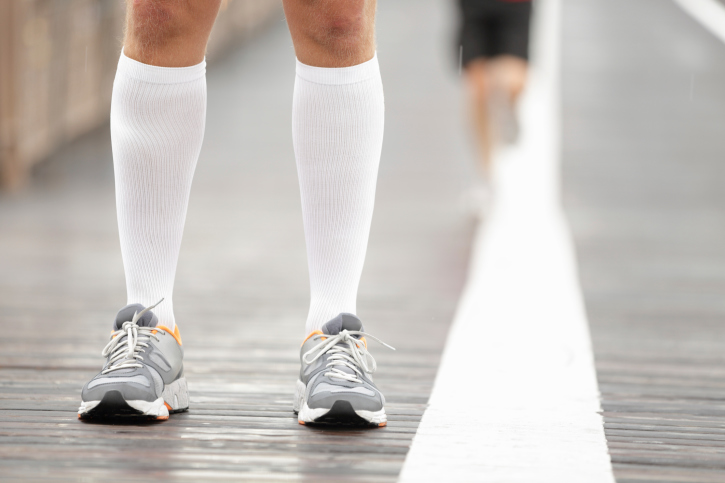
The global compression wear and shapewear market has seen tremendous growth. In the recent Allied Market Research report, it’s estimated to reach $5,576 million by 2022. (Remember, that number includes the shapewear industry, which is a whole other story.) However, if we focus solely on compression wear, in 2015 it was almost 70 per cent of the global market revenue within the recreational and professional athletic world.
That’s an awful lot of supportive spandex and Lycra.
RELATED: 2XU tights: compression, comfort, fit and style
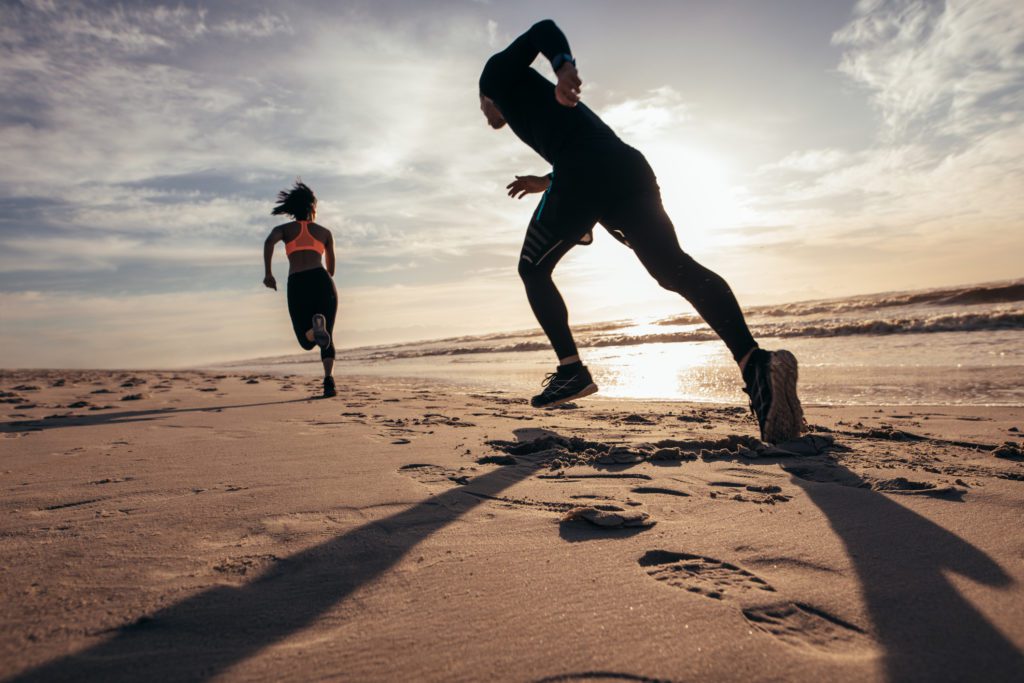
Compression clothing is not new–in fact, since the 1950s, graduated compression socks were used to treat patients with vascular or circulation problems. The medical benefits of compression prompted some exercise scientists to question whether this same method would cause vascular improvements during and after exercise.
What the research says
In 2015, in the International Journal of Sports Physiology and Performance, Dr. Abigail Stickford, then a doctoral student at Indiana University in Bloomington, published a study examining the efficacy and mechanisms underlying the use of lower leg compression as an ergogenic aid for running performance.
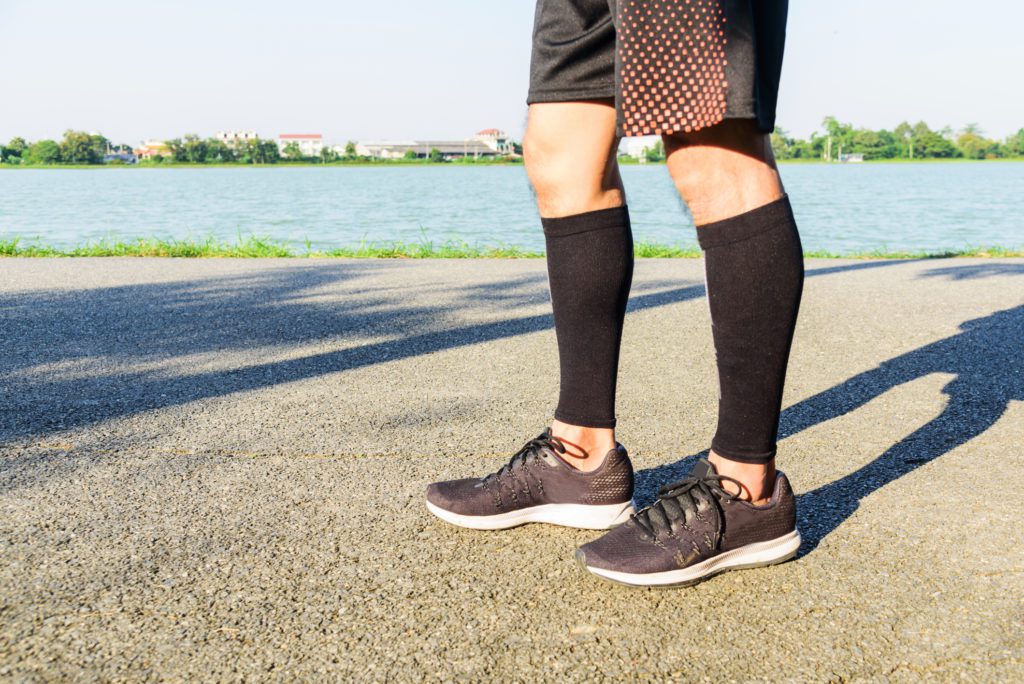
“We were really interested in learning how lower leg compression impacted leg stiffness and how running mechanics (ground contact time, stride length, stride frequency, etc.) would be affected by changes in leg stiffness,” says Stickford. “In terms of performance, I was measuring submaximal oxygen consumption to get an index of running economy.”
(Running economy is defined as the energy demand for a given submaximal velocity, measured via steady-state oxygen consumption (VO2), with lower VO2 at a given velocity indicating better running economy. Running economy is impacted by a number of things, one of which is running mechanics. For example, someone with lots of vertical or side-to-side movement when running would tend to be less economical/have more “wasted” motion.)
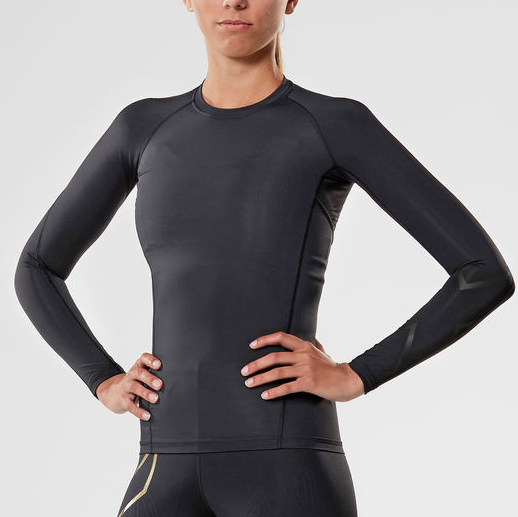
Stickford continues: “There is a very strong association between running economy and distance running performance, especially in elite runners who typically have similar VO2 max values. As an example, the VO2 max values of East African distance runners are not significantly different from those in other elite runners; however, numerous studies have shown that East Africans exhibit superior running economy, and we have all seen the dominance in distance running of athletes from these countries. However, we found no differences in running economy or running mechanics with calf compression sleeves in our athletes compared to those without.”
This is supported in 2018, when Sports Medicine found there was no association between lower-limb compression garments and changes in sports performance during high-intensity exercise.

What runners say
So what do two competitive trail runners think?
“When my abs were a bit weak after having a baby, I was advised by a physio that it may help to keep my abdominal muscles a bit more secure, and I feel I’m able to work harder and run longer,” says Amy Puzey, of Canmore, Alta. and National Race Director for 5Peaks Trail Running.
Running coach and competitive trail and road runner Eric Reyes of Calgary likes wearing compression socks. “I feel they help prevent excessive soreness and muscle damage after hard training sessions,” Reyes says. “Especially when I need to run twice in one day, they help me recover for the evening run. I use compression socks only on high-mileage weeks, important training cycles, after a hard workout, in a double run, or when travelling on airplanes longer than four hours, and of course after a race.”
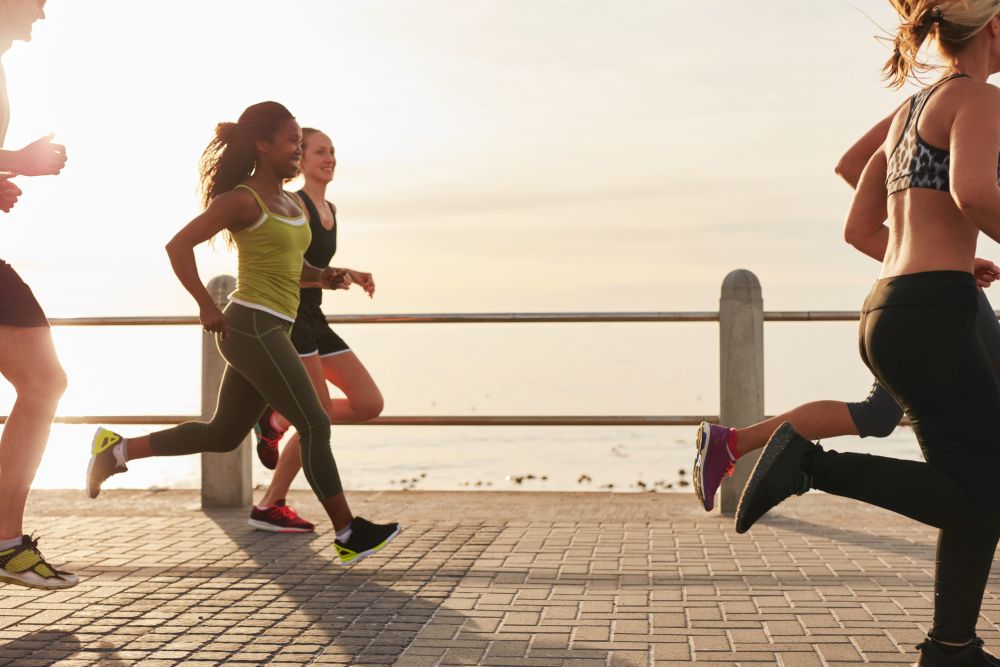
Would Reyes go so far as to say it’s a placebo effect?
“Sometimes they work and sometimes they don’t. I would have to say they have helped me with my recovery, but I don’t rely on them,” says Reyes.
Stickford believes that there is not any harmful effect in wearing compression clothing. “There are those athletes who wear compression garments regularly, and like how they feel, and how they perform. Despite the scientific research showing no effect, how they feel could be enough for athletes to continue to wear compression garments during competition,” says Stickford.
And although Stickford is not a sports psychologist, she does feel that the positive impact of compression sleeves seen in some athletes may have a psychological basis. “As do so many things in racing!” says Stickford. The verdict is still out on whether the placebo effect is at work here.


